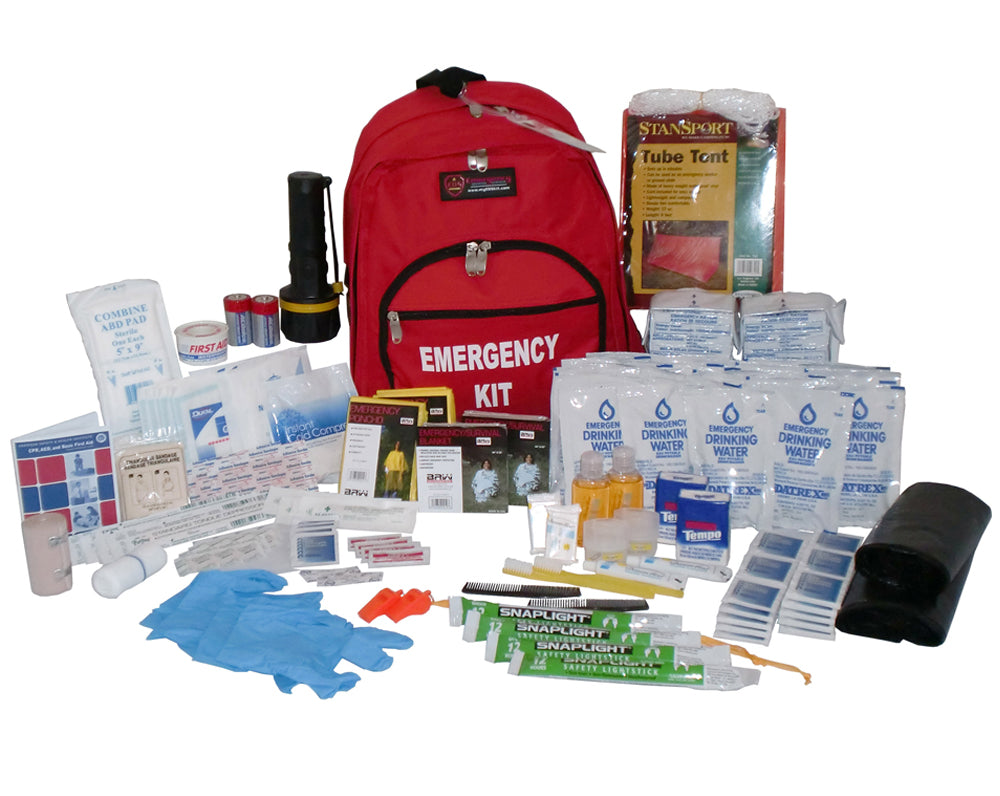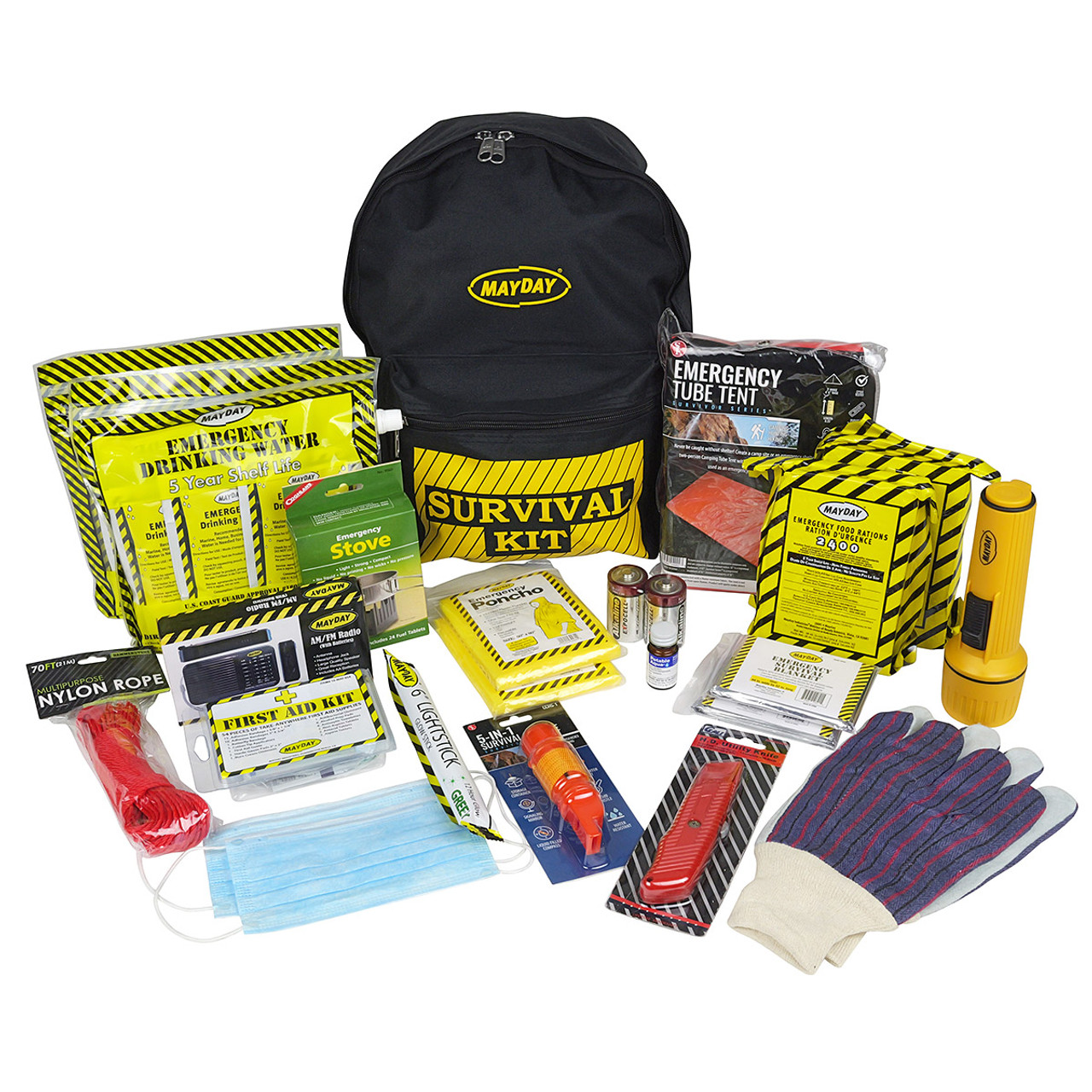Emergency Preparedness: Building a Safer, Stronger Community Together
Building Durability: Why Emergency Readiness Is Crucial for Survival
In a globe where unforeseen challenges can strike without warning, the ability to endure and recuperate from hardship is vital. Emergency situation readiness works as the cornerstone of resilience in the face of crises, providing individuals, communities, and organizations with a buffer against the chaos that can occur during emergencies. The question looms: How can one navigate the unforeseeable nature of disasters and protect what matters most? This discussion will certainly shed light on the critical reasons being gotten ready for emergencies is not just a selection however a requirement for survival in an ever-changing world.
Value of Emergency Readiness
Emergency situation readiness is vital in making certain the security and health of people in times of crisis. One essential facet of emergency readiness is having a well-balanced evacuation strategy in location.
Furthermore, being informed regarding possible dangers and hazards certain to one's region is essential. Recognizing the probability of all-natural disasters or other emergency situations enables individuals to customize their preparedness initiatives effectively. This knowledge encourages individuals to take preventative steps, such as securing heavy furniture in earthquake-prone areas or equipping up on non-perishable food things in regions vulnerable to typhoons.
In significance, the significance of emergency situation readiness can not be overstated. It not just improves private safety but also adds to the total strength of areas in the face of hardship - EMERGENCY PREPAREDNESS. By focusing on readiness, people can better secure themselves and their liked ones throughout challenging and unsure times
Dangers of Being Not Really Prepared
Inadequate preparedness for unanticipated situations poses considerable risks to people and neighborhoods alike. Without correct emergency readiness, people are prone to a myriad of dangers that can have disastrous consequences.
Moreover, being unprepared can cause prevalent disorder and complication. Without a plan in place, areas may battle to coordinate emergency situation response efforts, bring about delays in supplying essential services and help to those in need (hop over to here). This lack of control can worsen the impact of the situation and extend the recovery procedure
Additionally, people who are unprepared might deal with psychological distress and trauma, more impeding their ability to deal with the situation successfully. The psychological toll of being captured off-guard in a situation can have lasting results on mental health and wellness and well-being. As a result, it is essential for both people and communities to prioritize emergency situation preparedness to alleviate these significant threats and enhance their total durability despite unpredicted situations.
Crucial Element of Resilience Structure
Reliable durability structure rests on incorporating necessary components that reinforce individuals and neighborhoods versus unforeseen challenges. One crucial element is readiness preparation, which entails creating thorough techniques for different situations, determining resources, and establishing communication channels. When emergency situations strike., this allows for a swift and collaborated response.
One more crucial aspect is area engagement. Building solid relationships within the neighborhood cultivates a feeling of unity and collaboration, allowing homeowners to support each other during dilemmas. Neighborhood participation in resilience-building initiatives also makes sure that varied viewpoints and needs are considered, causing even more comprehensive and effective options.
Spending in framework and technology is also important for strength structure. Durable framework, such as well-kept roadways and reliable communication systems, improves the capability to react to emergency situations without delay. Additionally, leveraging innovation, such as very early warning systems and data analytics, can supply useful understandings for aggressive threat management.
Moreover, education and training play a substantial role in durability structure. Outfitting individuals with the understanding and abilities to take care of emergency situations encourages them to act confidently and efficiently. Educating programs on initial help, catastrophe response, and situation interaction are necessary for developing a resilient area.
Advantages of Prioritizing Preparedness
Focusing on readiness yields countless benefits in fortifying individuals and areas against unforeseen adversities. By spending time, resources, and initiative right into preparedness procedures, individuals can considerably lower the effect of catastrophes and emergencies. Among the crucial benefits of focusing on readiness is the ability to reduce dangers and minimize possible damages. Being ready ways having a plan in location, knowing what steps to take, and having the necessary products conveniently offered. This readiness not only improves personal safety and security however also promotes a feeling of safety and assurance.
Additionally, focusing on readiness cultivates a proactive rather than responsive strategy to emergency situations. By being proactive, individuals can efficiently react to situations, make informed decisions swiftly, and potentially stop rise. This aggressive position can ultimately save lives, safeguard property, and reduce the overall concern on emergency situation feedback systems.
In addition, prioritizing preparedness adds to the overall resilience of communities. When individuals are prepared, they are much better equipped to sustain each various other, team up effectively, and get better faster from adversities. Building a culture of readiness within areas can reinforce social communication, foster uniformity, and improve the general capability to stand up to and recuperate from catastrophes.
Necessary Tips for Emergency Situation Preparedness
Emergency readiness requires careful planning and preparation to make certain people are geared up to manage unanticipated situations properly. Below are some necessary ideas to boost your emergency situation readiness:
Establish a detailed emergency plan: Produce a comprehensive plan that details potential risks, discharge paths, emergency situation get in touches with, and vital supplies. Interact this click here for info plan with your relative or flatmates.

Stay notified: Follow possible hazards in your area and remain educated about emergency informs and cautions (EMERGENCY PREPAREDNESS). Register for local notifies and download and install pertinent emergency apps to get real-time details
Practice drills: Frequently carry out emergency situation drills to familiarize yourself and your home with emptying procedures and security procedures. Practice different scenarios to ensure preparedness for numerous emergency situations.
Final Thought

Emergency preparedness offers as the keystone of resilience in the face of dilemmas, providing individuals, neighborhoods, and organizations with a buffer against the turmoil that can ensue during emergency situations.Emergency situation readiness is critical in making sure the safety and security and wellness of people in times of crisis (EMERGENCY PREPAREDNESS). It is important for both areas and individuals to prioritize emergency situation readiness to mitigate these considerable threats and boost their overall durability in the face of unpredicted situations
Create an extensive emergency plan: Develop a detailed plan that details potential dangers, emptying paths, emergency get in touches with, and necessary products. Construct an emergency situation set: Set up a well-stocked emergency situation set with necessary products such as non-perishable food, water, first aid supplies, flashlights, batteries, and important documents.